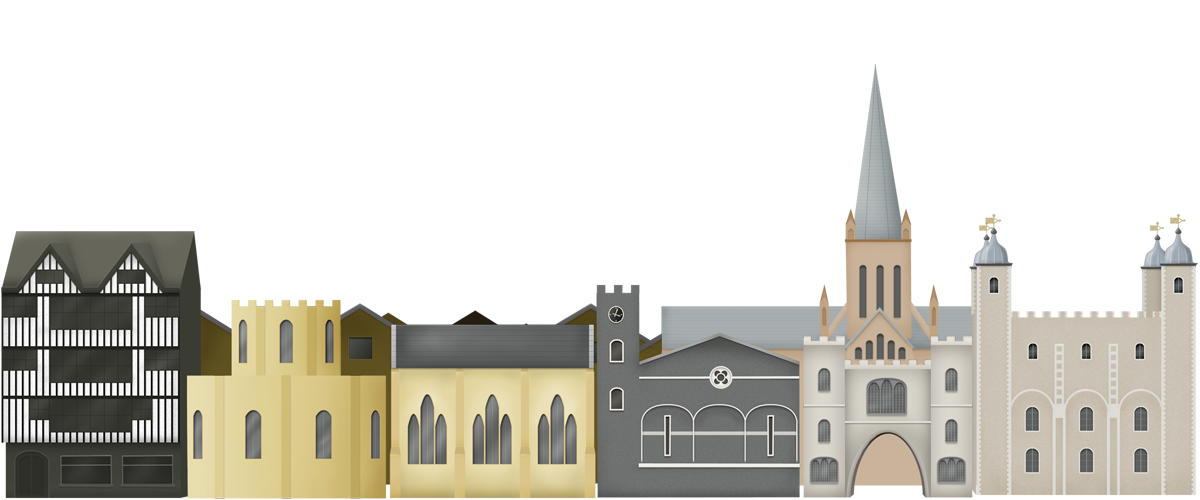Learning and how the school was run
The early days
Sir John Cass was very down to earth and practical about what he wanted to achieve for children when he opened his school.
In terms of charity, he wanted to give poor local children a chance in life by offering them an education so they could get the kind of job that would mean they could earn a decent living. And as a local employer he wanted to make sure that there would be a well educated workforce available both for his own time and for the future.
When Cass first planned his school, it was going to be smaller, for twenty pupils only, and with a view to some of them going on to university. But he changed his mind.
It may be that the suffering he saw during the winter of 1709 made him want to help as many children as possible. In the coldest weather for five hundred years, following a thin harvest, fish froze in the Thames, birds fell dead out of the sky, and hardy trees perished. And all over England, the poor starved and froze.
It may also be that the success of Alderman Starling’s school, already open in the City, Sir John Cass decide to follow his lead.
However, when Cass made a new will in 1709 he stated he was about to open a school for fifty boys and forty girls. The boys were to learning reading, writing and arithmetic, and the girls “to write and cast accounts and to read and learn plain sewing”. All the pupils were to be given a free dinner every day, plus a good quality outfit of clothes each year.
This “no frills” education was not intended to encourage high achievement. But it would help any child to find work or training.
The school was opened amid great publicity. We know little about the very first pupils or their lessons, but we do know that the Rev’d John Hutchinson taught at the school at this time. It was to be the only time a clergyman was appointed. The head mistress was Mrs Elizabeth Sweetman, a cousin of Sir John Cass.
This kind of education was offered in the years from 1710 until Elizabeth Cass, Sir John’s widow, died in 1733. Years of court battles followed and the school had to close until these were resolved – it was to take fifteen years.
